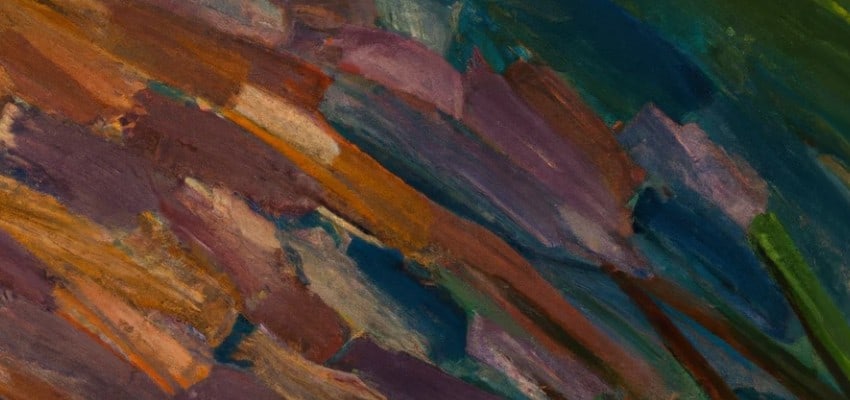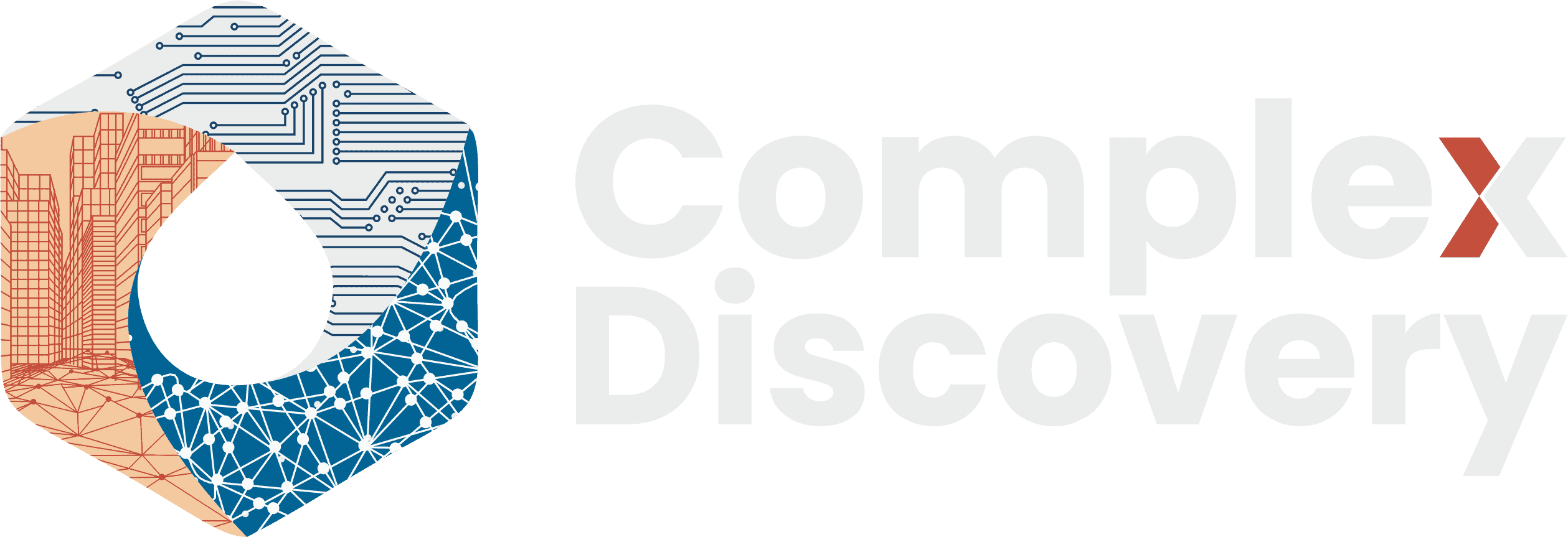|
|
Content Assessment: The Many Faces of Abstracting: An Overview
Information - 95%
Insight - 100%
Relevance - 90%
Objectivity - 95%
Authority - 95%
95%
Excellent
A short percentage-based assessment of the qualitative benefit of the post highlighting a recent report by Tibor Koltay on the concept of abstracting.
Editor’s Note: From time to time, ComplexDiscovery highlights publicly available or privately purchasable announcements, content updates, and research from cyber, data, and legal discovery providers, research organizations, and ComplexDiscovery community members. While ComplexDiscovery regularly highlights this information, it does not assume any responsibility for content assertions.
To submit recommendations for consideration and inclusion in ComplexDiscovery’s cyber, data, and legal discovery-centric service, product, or research announcements, contact us today.
Background Note: Shared with permission from educator and author Tibor Koltay, a retired faculty member at Eszterházy Károly University now leading the Information Society Research Team at the University of Nyíregyháza as a volunteer, the following paper explains and explores the process and practical application of abstraction. As highlighted in the paper, abstraction is the process of revealing a critical essence of some real object that exists by removing everything except a finite number of its key elements. Understanding and being able to apply the process of abstraction may be beneficial for cybersecurity, information governance, and legal discovery professionals seeking to share complex concepts in a concise, yet complete manner.
Educational Paper by Tibor Koltay
The Many Faces of Abstracting: An Overview
Paper Extract
The word abstracting covers different, but interrelated concepts. As a habit of mind, abstraction is a “process of revealing a critical essence of some real object that exists by removing everything except a finite number (often just one) of its key elements. To identify a key element, one must focus on one specific area or feature of the object relevant to the current task (Henriksen, Fanhoe, & Mishra, 2014, p. 4).”
Related to this habit of mind, the word abstract covers a genre of written communication that is performed predominantly but not exclusively with intellectual effort, manually. In this closer context, abstracting (as activity) is a process of producing varied types of abstracts. These products and activities are based on summarizing that lead to producing varied summaries.
Abstracting and Summarizing
As said above, the word abstracting covers most of the time the activities related to producing (writing) textual abstracts. The set of techniques, underlying the creation of abstracts is mainly selectively summarizing information by representing the most important content of an already existing (professional or scholarly) source text (usually a journal paper) into a self- contained terminal text (abstract) that incorporates this information in a concise, condensed, and abbreviated form on a professional level. Abstracts come into existence in processes of professional abstracting.
Professional summarizing is not a simple task that anyone can do without previous education, but requires knowledge of specific techniques and methodology and an extensive practice (Pinto, Fernández-Ramos, & Doucet, 2008a). In general, it requires intelligence, imagination, independence, and the ability to work in an organized fashion (Endres-Niggemeyer, 1998). Rigor, accuracy, consistency, and constancy are also needed (Pinto, Fernández-Ramos, & Doucet, 2008b).
When publishing papers in scholarly journals, researchers are required to compose the abstracts to their papers, which are usually called author abstracts. In this case, abstracting is performed chiefly by the same authors, who originally produced the source texts.
However, abstracts that are published separately, i.e. do not appear in the journals, where the papers are published are often produced by professional abstractors, who are commissioned as a rule by some organization. The quality of these abstracts is frequently higher the one of author abstracts. Nonetheless, writing abstracts calls for professional knowledge of the source text’s content. Efficient reading and achieving clarity in setting out arguments are of importance for abstracting. Being familiar with the various types of abstracts and their application to different texts and contexts is a default. Being knowledgeable about applying abstracting techniques to different types of source documents is more than useful. Obviously, such consciousness of the rules is more typical for professional abstractors (Koltay, 2010).
Complete Paper – The Many Faces of Abstracting: An Overview (PDF) – Mouseover to Scroll
The Many Faces of Abstracting - An OverviewReference: Koltay, T. (2021). The many faces of abstracting: An overview. Academia Letters, Article 2493. https://doi.org/10.20935/AL2493.
Additional Reading
- An Abridged Look at the Business of eDiscovery: Mergers, Acquisitions, and Investments
- A Running List of Industry M&A+I-Related Announcements
Source: ComplexDiscovery



























